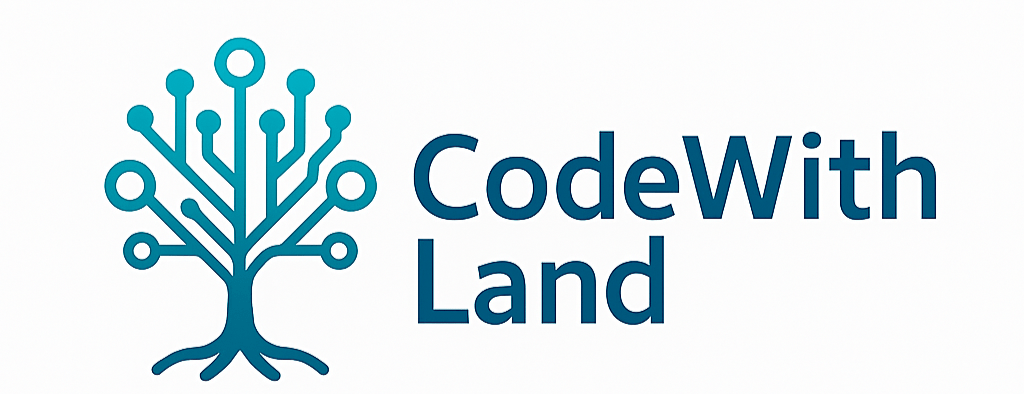Knowledge Distillation in Machine Learning
Imagine having a super-intelligent professor who has spent years accumulating wisdom, and now you need a quick cheat sheet from them—a compact guide that cuts out the fluff without losing the brilliance. In the world of machine learning, knowledge distillation serves as exactly that: a method for transferring the expertise of a large, sophisticated model (often called the teacher) to a smaller, more efficient one (the student).
The Big Picture: Why Knowledge Distillation?
In the ever-accelerating realm of ML, we routinely design models that reach impressive accuracies, but often at the expense of computational heft. When it comes to deploying these models into real-world applications—say, powering apps on mobile devices or ensuring fast response times on web services—size matters. It’s a trade-off: precision and performance versus speed and scalability.
Knowledge distillation comes to the rescue by letting us “distill” or compress the essence of a large model into a more compact representation without drastically compromising its performance. Essentially, instead of reducing parameters through pruning or quantization (which often only optimize the network’s structure), distillation captures the distilled wisdom in the form of refined probability distributions.
How Does It Work? Teacher Meets Student
At the heart of knowledge distillation is a beautiful teacher–student framework. Here’s a breakdown of how it typically works:
-
The Teacher's Role
The teacher is a powerful, often over-parameterized model that has been trained on vast amounts of data. Its predictions aren’t just about the final decision; they also include “soft targets”—a distribution of class probabilities that offer nuance beyond simply picking the highest-probability class. This richer information is sometimes referred to as "dark knowledge" because it reveals subtle similarities between classes that hard labels can’t capture. -
The Student's Learning Journey
The student model isn’t simply trying to mimic the teacher’s hard decisions. Instead, it is trained to match the teacher’s softened probability distribution. By doing so, it learns from the teacher’s confidence in its predictions—even gaining insights about misclassification trends and the relative importance of different classes. The secret ingredient here is the softmax temperature parameter (T), which "softens" the teacher’s output. A higher temperature produces a more even, or "soft," distribution, enabling the student to glean more context about other classes. -
The Loss Function
The student’s loss function is not just any ordinary loss function. It’s often a combination of the standard hard label loss (like cross-entropy) and a component (such as the KL divergence) that measures how close the student’s soft predictions are to the teacher’s. Mathematically, it might look something like:where is the loss with respect to the true labels, and is the Kullback-Leibler divergence that captures the difference between the teacher’s and student’s distributions. The balance between these two terms is controlled by the coefficient .
Beyond the Basics: Multi-Teacher and Noisy Student Frameworks
While the traditional one-on-one teacher–student approach is effective, the machine learning community has pushed the boundaries further:
-
Multi-Teacher Knowledge Distillation: Imagine having not one, but several specialized teachers. Researchers have proposed strategies where a student model learns from multiple teachers, each contributing its unique strengths. By aggregating these diverse perspectives, the student can achieve a more generalized understanding, ultimately performing close to—or sometimes even surpassing—the original teacher models.
-
The Noisy Student Approach: In another fascinating twist, some approaches intentionally inject noise into the student’s training process. In this framework, the student is initially larger, helping it absorb robust features even under the burden of uncertain (or "noisy") labels generated by the teacher. Techniques like dropout, data augmentation, and stochastic depth transform the learning process into a challenging yet rewarding exercise. Over time, the student not only learns from the teacher's output but also becomes inherently more robust to variations and real-world imperfections.
Real-World Applications and Impact
The benefits of knowledge distillation go beyond theoretical elegance. In practical terms, deploying compact yet powerful models means faster inference times, lower power consumption, and easier scalability. Companies leverage these techniques to power applications ranging from Q&A systems to image recognition, and even natural language processing systems in constrained environments like smartphones or embedded devices.
For instance, Microsoft’s multi-teacher knowledge distillation (TMKD) approach has been applied in commercial Q&A systems, where combining different teachers' strengths has led to remarkable improvements. Similarly, Google's efforts with the noisy student method have demonstrated that robust, distilled models can outperform baseline methods on several standard benchmarks—all while reducing the computational burden.
Wrapping Up: Why It Matters
Knowledge distillation isn’t just about making models smaller—it’s about making them smarter, more efficient, and more adaptable to the challenges of real-world deployment. By effectively transferring the “experience” of a complex teacher model to a nimble student, we build systems that maintain high accuracy without the associated computational cost. Whether you’re a researcher exploring new frontiers or an engineer looking to optimize real-world applications, the art of distilling knowledge is a game-changing tool in the evolving landscape of machine learning.
So next time you find yourself facing the dilemma of balancing performance with efficiency, remember: sometimes the best way to go big is to learn to shrink smartly.



.png)

